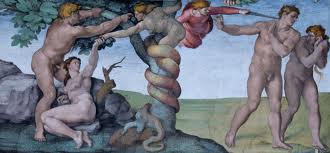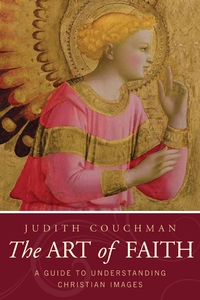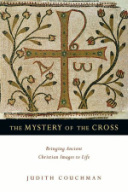and a recollection of his painting.—Michelangelo Buonarroti
Michelangelo Buonarroti resisted painting the Sistine Chapel. In fact, he didn’t want to paint at all. He’d acquired his genius reputation as a sculptor, chiseling instead of mixing and dabbing and brushing. But when Pope Julius II asked for a commission at the Vatican in Rome, an artist couldn’t say no. The obstinate religious leader issued a command, not a request.
To complete the complicated fresco, Michelangelo learned how to paint, which he found arduous and aggravating. He complained to his father in a letter: “My work does not seem to go ahead [as I would like it to]. This is due to the difficulty of the work and also because it is not my profession. In consequence, I lose my time fruitlessly. May God help me.”
Steeped in frustration, Michelangelo wrote several months later: “I am attending to the work as best I can. . . . I don’t have a penny. So I cannot be robbed . . . I am unhappy and not in too good health staying here, and with a great deal of work, no instructions, and no money. But I have good hopes God will help me.”
Michelangelo devoted years to lying on his back on a high platform, positioned inches from the ceiling and painstakingly recreating Old Testament stories and characters with paint that often dripped and plopped on his face and the floor. In a satirical poem to a friend, the painter described his back as bent “like a Syrian bow.” Michelangelo also claimed he’d grown a goiter from the strain and a breast like a Harpy. He painted with his “beard toward heaven” and could “feel the back of my brain on my neck.”
But indeed, God helped the sculptor-turned-painter and his team.
Though Michelangelo insisted, “I’m no painter,” he managed to create one of the world’s greatest artistic masterpieces. Some of the fresco’s figures—like the equally guilty Adam and Eve in the Garden of Eve—exceeded conventional expectations and have intrigued neck-craning viewers ever since.
After the chapel’s completion, Michelangelo worked as a sculptor, painter, and architect for another half century. Despite the artist’s significant flaws and spiritual lapses, financial struggles and artistic rivalries, he recognized the source of his gifting and calling. Toward the end of his life, he explained, “Many believe—and I believe—that I have been designated for this work by God. In spite of my old age, I do not want to give it up. I work out of love for God and I put my hope in him.”
Not all artists who picked up a brush struggled as profoundly as Michelangelo when he decorated the Sistine Chapel. Although third- and fourth-century catacomb painters descended below the ground to paint on damp earth, later many artists sketched and painted on canvases in their own workshops, accompanied by apprentices. However, few creative scenarios were ideal. Over time artists managed picky patrons, mediocre materials, bumbling assistants, insufficient wages, self-doubt, poor health, complacency, and missed deadlines. Fortunately, an artistic passion prevailed, and plentiful paintings, sketches, and even graffiti pay homage to Christianity on surfaces throughout the world.
What’s the point? Don’t doubt your talent. Respect your limited resources. Do the work. The outcome might surprise you, and profoundly influence others.

 RSS Feed
RSS Feed



